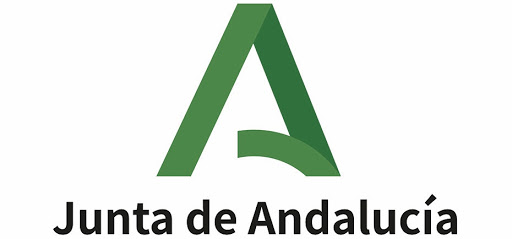Acute lymphoblastic leukaemias is the most frequent type of pediatric cancer. About 30% of patients relapse after first-line chemotherapies and require other types of treatment. This project intends to identify precisely, using mathematical techniques, which patients cannot be cured using standard chemotherapies and help in designing optimal therapeutic strategies for them.
Mathematics provides a solid foundation for the development of quantitative biomarkers and to construct optimal treatment strategies on its basis. This project includes elements of different subfields of mathematics including: mathematical modeling, ordinary differential equations, topology and statistics.
The research team includes María Rosa Durán (MOLAB-UCA, PI), Cristina Blázquez (Hospital de Jerez), F. J. Rodríguez (Hospital de Jerez), Lourdes Hermosín (Hospital de Jerez), Manuel Ramírez Orellana (Niño Jesús Children’s Hospital, Madrid), José C. Camacho (UCA, Spain), Víctor M. Pérez-García (MOLAB-UCLM), Salvador Chulián (MOLAB-UCA) and Álvaro Martínez Rubio (MOLAB-UCA).
The methodologies to be developed in this project can be extended to other hematological malignancies such as adult leukaemias or lymphomas, where flow-cytometry techniques are also used for the diagnosis and follow-up of the disease.
